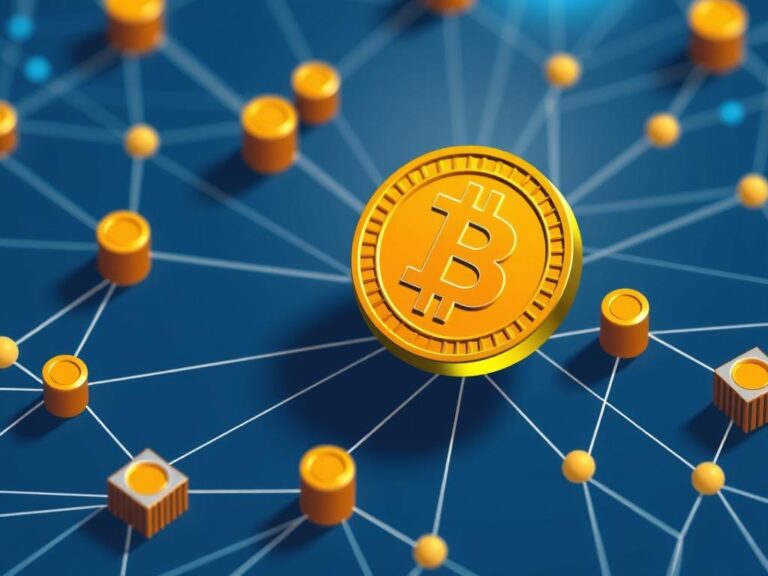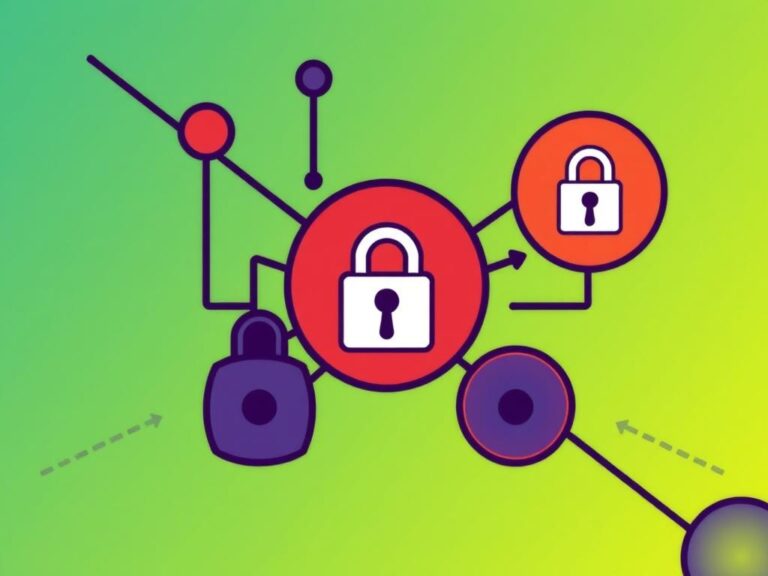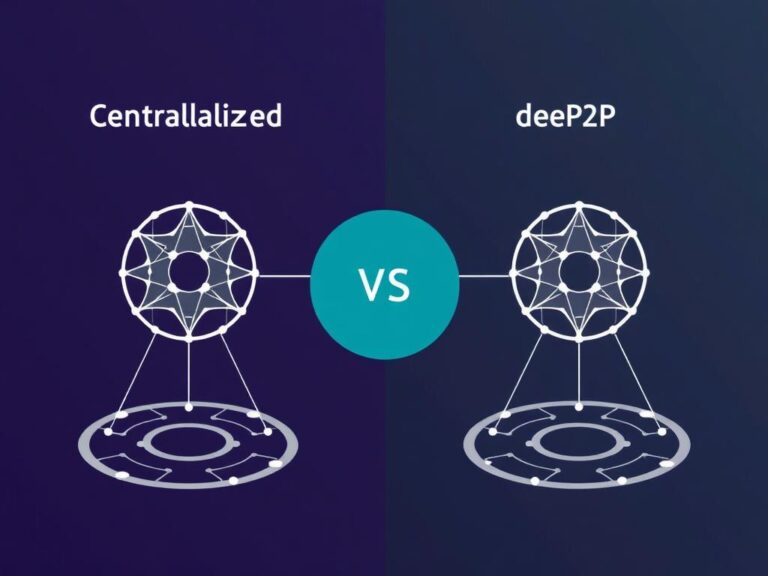The Future of P2P: Predictions for the Next Decade
Peer-to-peer (P2P) technology has come a long way since its inception, transforming industries and redefining how we share, transact, and interact online. As we stand on the edge of a new decade, the future of P2P presents exciting possibilities and challenges that could reshape the digital landscape even further. From enhancing financial inclusion to revolutionizing content sharing, P2P systems are set to become more integrated, secure, and versatile. But what exactly does the next ten years hold for this dynamic technology? Let’s dive into the future of P2P and explore predictions that give us insight into what’s coming next.
What is P2P and Why It Matters
At its core, peer-to-peer technology allows users to interact directly without intermediaries. This fundamental shift from traditional centralized systems has numerous advantages. It often means better privacy, lower costs, and increased resilience. For example, P2P lending platforms bypass banks to connect borrowers directly with lenders. Similarly, P2P file sharing revolutionized how people obtained content without relying on centralized servers—think BitTorrent and the rise of decentralized communities.
As digital trust becomes increasingly important, so does the role of P2P in establishing secure, transparent networks. This is why understanding the trajectory of P2P is more essential than ever. Its future can influence finance, entertainment, communication, and even governance models.
P2P in Finance: A New Dawn for Digital Transactions
One of the most impactful uses of P2P technology is in the financial sector. The last decade has already shown us how P2P lending platforms have democratized access to loans, making borrowing easier for people who might not qualify for traditional credit. In the next decade, expect these platforms to grow even more sophisticated by integrating artificial intelligence (AI) and blockchain technology.
AI and Blockchain: Driving P2P Finance Forward
AI will be instrumental in assessing creditworthiness and customizing loan options in real time, reducing risk for lenders and increasing accessibility for borrowers. On the other hand, blockchain promises unparalleled transparency and security by recording transactions on immutable ledgers. Combining these technologies can form robust P2P financial ecosystems where trust is built into the technology itself.
Here’s a quick comparison table to understand how this might evolve:
| Aspect | Current State | Future Prediction |
|---|---|---|
| Loan Approval | Manually or semi-automated credit checks | AI-driven instant, data-rich approval systems |
| Transaction Transparency | Centralized databases, potentially opaque | Blockchain-based transparent, tamper-proof records |
| Access | Limited by geography and platform trust | Global reach with lower entry barriers through decentralized systems |
Financial Inclusion and P2P
Perhaps one of the greatest promises of P2P finance is its potential to provide financial services to the unbanked or underbanked populations around the world. Mobile P2P lending and micropayment platforms could help bridge the economic gap by giving people access to credit, savings, and insurance products tailored for their needs. The next decade will likely see governments and nonprofit organizations partnering with P2P platforms to foster economic empowerment more deliberately.
The Changing Face of P2P Content Sharing and Distribution
P2P networks are not just about finance—they are pivotal in content sharing and distribution. Historically controversial due to copyright issues, P2P file sharing has gradually evolved as artists, publishers, and consumers seek more direct and equitable ways to distribute content. The rise of decentralized platforms is part of what’s driving this change.
Decentralized Content Platforms: Empowering Creators
Unlike traditional streaming or content hosting platforms that take significant cuts and impose strict controls, P2P-based content networks allow creators to publish their work directly, maintain copyrights, and earn revenue more fairly. Blockchain-based copyrights and smart contracts will ensure that creators are paid automatically and transparently whenever their content is accessed or used.
Here is a list of benefits these new P2P content platforms offer:
- Direct creator-to-consumer interaction
- Reduced middleman fees and commissions
- Enhanced copyright protection through blockchain
- Greater control over content distribution
- Community-driven content curation and support
Challenges in the Future of P2P Content Sharing
Despite the optimism, the future of P2P content distribution is not without challenges. Legal frameworks around digital rights management need to catch up with technology. There is also a need for improved user experience and robust mechanisms to prevent malicious attacks or piracy. However, innovations in AI-driven moderation and decentralized reputation systems could help address these concerns.
Emerging Technologies Shaping P2P Beyond Finance and Content

Beyond finance and content, P2P technology is set to influence several other sectors including communications, data storage, and even governance. As centralized data hubs face increasing pressure over privacy violations and cyberattacks, decentralized models offer promising alternatives.
P2P Communication Networks
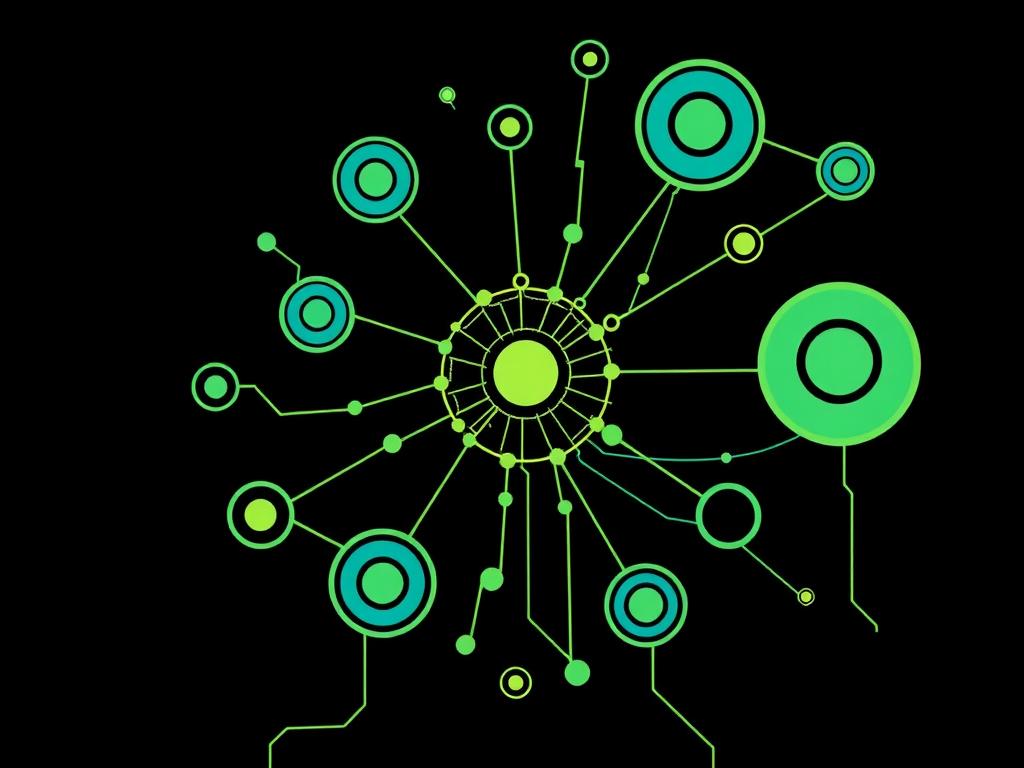
In the next decade, P2P communication networks could transform how we connect online. Instead of routing messages through centralized servers that can be monitored or blocked, P2P messaging systems enable encrypted, decentralized communication. This could be especially crucial in countries with internet censorship or surveillance issues. Imagine social media platforms built entirely on P2P networks where users control their data and privacy.
Decentralized Data Storage
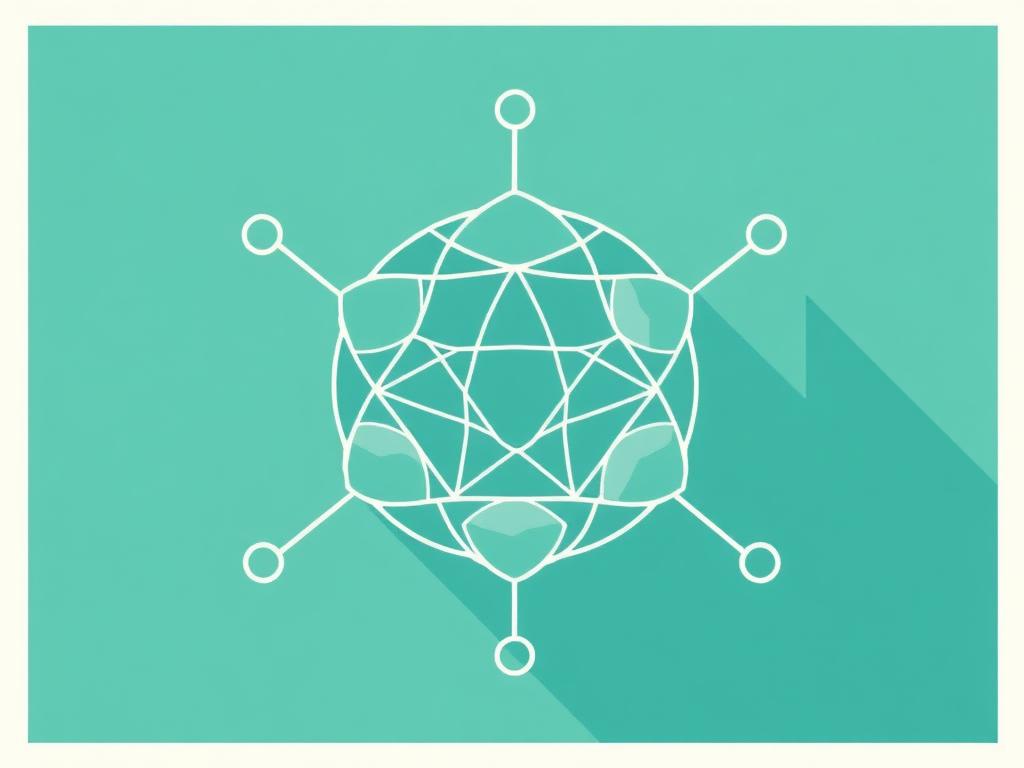
Data storage is another domain where P2P stands out. Traditional cloud storage relies on data centers owned by corporations, often vulnerable to failure or attacks. P2P storage spreads data across many devices, improving redundancy, security, and access speeds. As 5G and IoT devices proliferate, it’s expected that distributed storage solutions will become the default for businesses and individuals alike.
Security and Trust: The Backbone of Future P2P Systems
While P2P offers numerous advantages, maintaining security and trust will always be paramount. The future will likely see advances in cryptography that protect user identities and transactions. Additionally, decentralized identity protocols could empower users to control their digital reputations without relying on centralized authorities.
Here are some key trends improving P2P security in the next decade:
- End-to-end encryption becoming standard in communications
- Zero-knowledge proofs enhancing privacy without sacrificing verification
- Decentralized identity (DID) frameworks enabling user-controlled digital IDs
- Automated trust scoring through blockchain and AI to reduce fraud
These innovations will be critical to wider adoption of P2P systems in areas that require high levels of security, such as healthcare, legal transactions, and government services.
Potential Social and Economic Impacts of P2P Advances
As P2P technology becomes more pervasive, the social and economic fabric of our world could shift significantly. By decentralizing power from corporations and central authorities, P2P networks promote democratization of resources and information. This transformation can empower individuals and communities, driving innovation at grassroots levels.
However, there are also concerns about job displacement in traditional intermediaries and regulatory challenges. Policymakers will need to strike a balance between encouraging innovation and protecting consumers. Open dialogues between technologists, regulators, and users will be essential to harness the full potential of P2P while mitigating risks.
Preparing for the P2P Future: What Can Businesses and Users Do?
For businesses hoping to thrive in the P2P-driven future, embracing decentralized technologies is going to be crucial. Investing in blockchain, AI, and secure communication protocols will give companies a competitive edge. Moreover, transparency and user-centric services should be at the core of their strategies.
Users, meanwhile, can benefit from educating themselves about privacy, security, and decentralized options available to them. Being aware of how P2P technology operates helps make better choices about what platforms to trust and support.
Here’s a simple checklist for preparing for a P2P future:
- Stay updated on the latest P2P platforms and tools
- Use secure wallets and digital identities
- Advocate for transparent and fair decentralized systems
- Engage with communities that support P2P values
- Be cautious and informed about security risks and best practices
Conclusion
The future of P2P over the next decade looks tremendously promising, promising a shift toward more decentralized, transparent, and user-empowered systems. Whether it’s revolutionizing finance with AI and blockchain-powered lending or enabling creators to distribute their content directly, P2P technology stands to reshape many aspects of our digital lives. Emerging applications in communication, data storage, and identity verification further enrich this potential. Yet, as with all technological advances, challenges remain — from security to regulation and equity. The most successful P2P ecosystems will be those that balance innovation with trust, openness, and inclusion. For businesses, users, and communities ready to embrace the peer-to-peer future, the coming decade offers a chance to participate in a truly democratized digital economy and society. Staying informed, adaptable, and proactive will be key to thriving in this exciting, decentralized world.


